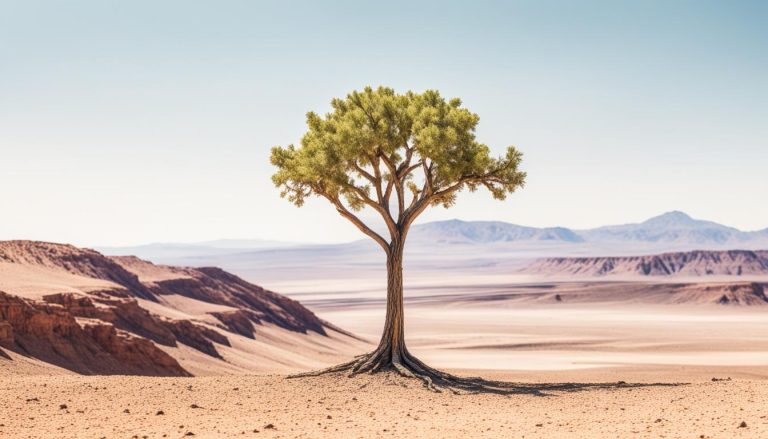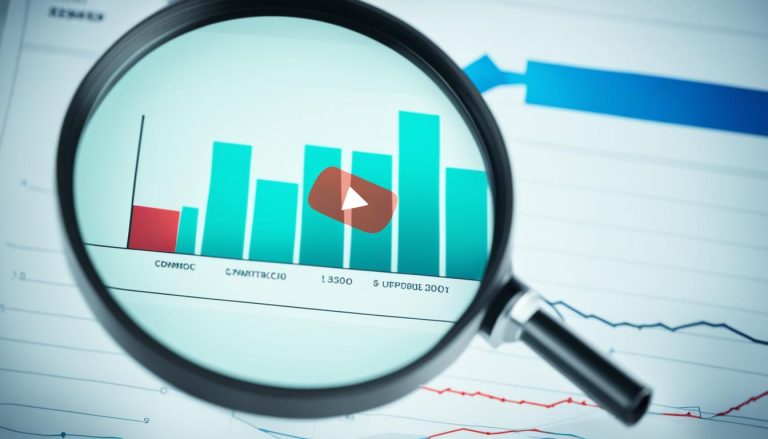
Welcome to Rhino SEO, your ultimate destination for all things business and marketing. Here, we dissect the intricacies of commerce and promotion, offering invaluable insights to help you navigate the dynamic world of entrepreneurship.
- Unraveling Business Mysteries Dive deep into the realm of business with Rhino SEO. From startup strategies to corporate innovations, we uncover the secrets to success in today’s competitive market.
- Mastering Marketing Tactics Elevate your marketing game with our expert guidance. Explore the latest trends, tools, and techniques to craft compelling campaigns and captivate your audience.
- Beyond the Boardroom But Rhino SEO isn’t just about business suits and boardroom meetings. We understand the importance of a well-rounded life, so expect to find lifestyle tips and tricks peppered throughout our content.
- Join the Rhino SEO Community Ready to take your business and marketing endeavors to new heights? Join the Rhino SEO community today. Whether you’re a seasoned entrepreneur or just starting out, there’s always something new to discover. Let’s embark on this journey together!






